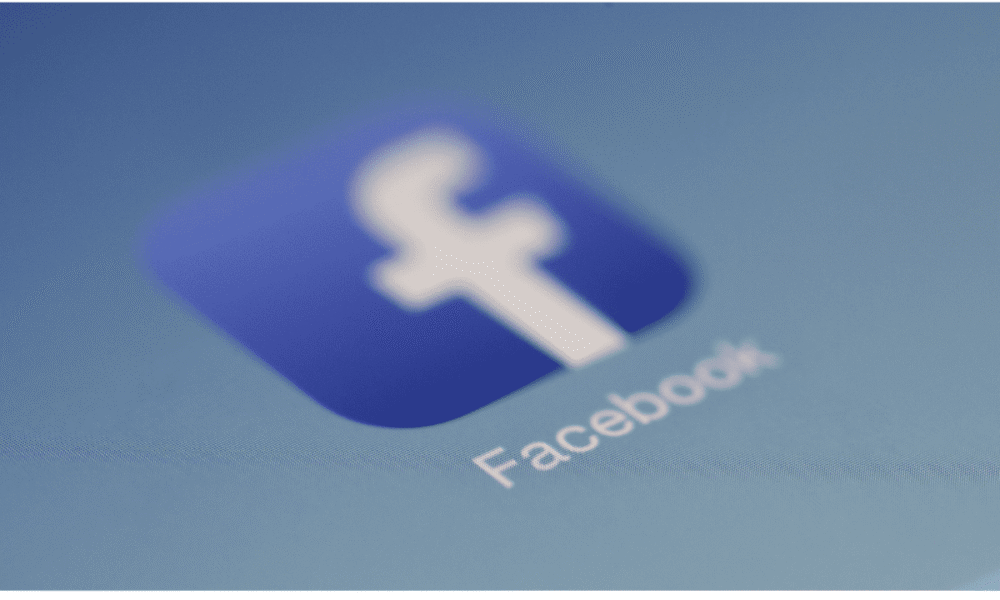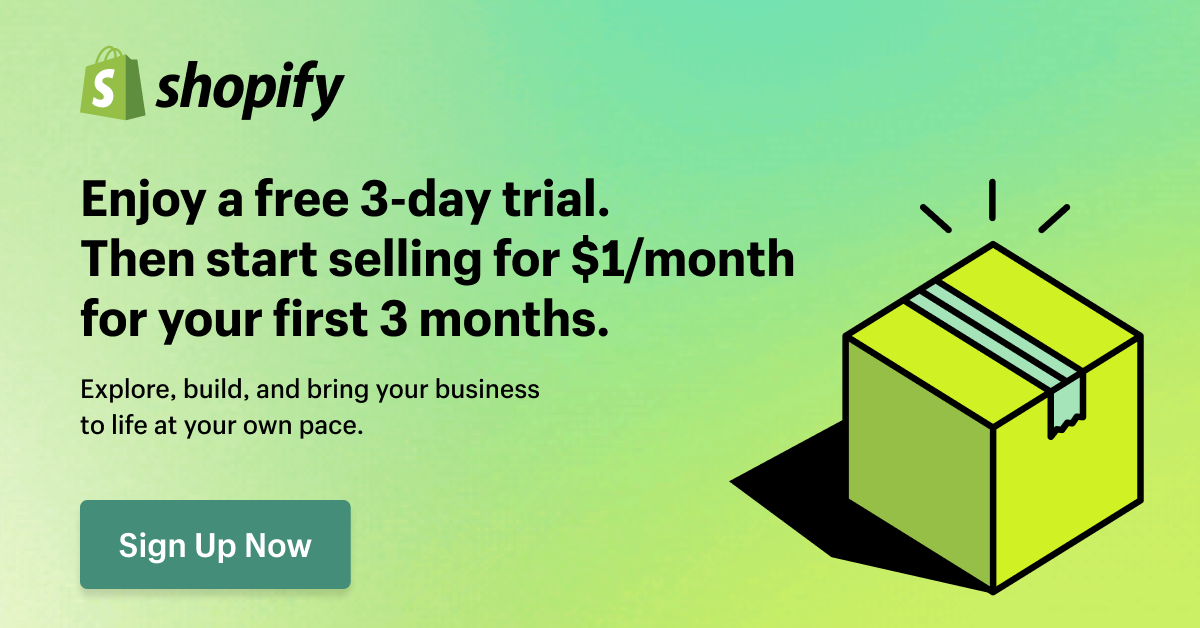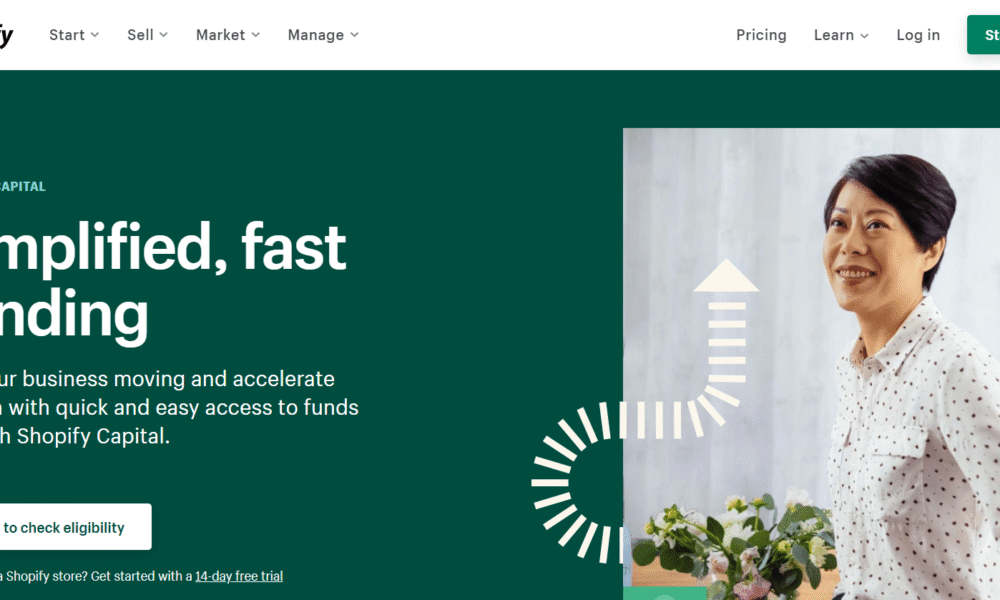In May 2025, Shopify officially launched one of its most powerful updates…
The Best Dropshipping Facebook Ad Testing Strategy

The Facebook Ad Testing Strategy covers how to launch a new dropshipping product and determine whether it is a winning one.
This differs from the article I wrote on how to run Facebook ads for your Shopify products; in that post, I merely gave an introduction to Facebook ads, but today, I take you a little further.

I have always believed that every product has the potential to win big if the promotion is targeted to the right audience with creative, well-crafted copy.
However, for me, there are some simple but efficient principles I employ whenever I intend to test a new product.
Disclaimer: This will be a long read, so if you’re more into the video, I will post a link in the comments, though going through the brief review would take less time.
Table of Contents
1. Testing Phase:
Before actively selling my products, I always start with a Video View Campaign.
But before you make any mistake in running any video ads, check out Neil Patel’s guide on The Five Essentials of a Killer Facebook Video Campaign and see if your video meets the criteria he mentioned.
Then, as I watch the progress of my previous video-view campaign, I will design two ad sets, each with a creative video.
Here are some best practices for Facebook ad testing:
- Focus on a measurable hypothesis
- Choose the right campaign objective for your KPI goals
- Test against multiple audiences
- Set a strategic time frame.
- Calculate a sensible budget
- Track your data continuously
- Test only one element at a time
- Prioritize ideas with the highest impact
- For non-tested features, use your top-performing setup
- Constantly create new campaigns for your A/B tests
- Define your test’s metrics and how to define success.
I often target a super broad audience – with no specific niche in mind, just selecting a suitable country (preferably the USA).
Then, allow the campaign to effectively run for about seven days with at least $20-30 per ad set.
My focus isn’t on conversions or getting my audience to hit the add to cart button; I do this to see whether my audience engages with the ad.
And if all KPIs are going well, then when I start targeting people, the ad will be converted.
2. Scaling Phase 1:
Step 1: Once I know the product is correct, I will start a new campaign on WC, concentrating mainly on the Purchase event.
I often start the WC process with a re-targeting ad set because I know the right audience to target; I already have a warm audience from the seven-day View Video test phase.
Next, I will design a custom audience based on my analysis, and knowing they have watched at least 50% of the video campaigns I posted earlier, I will go ahead and re-target them with another creative, catchy ad.
So, to maximize your audience and gauge how effective your campaigns are, target them with a product demo first, followed by a slightly longer video to enhance further engagement (the primary reason is that they have already shown interest in your first video).
Step 2: Design another ad set with flexible targeting (Interests + behaviors).
For instance, an audience interested in Men’s Health Magazine should also be involved in Weightlifting.
So what you need to do is to create information that complements each other.
Step 3: Bid 2-3x higher than the suggested bid on Lowest Cost. Why do you have to do this?
It is because you will have a higher cost for a few days, but it would definitely be to your competitors’ disadvantage, and they will give up on their campaigns because you outbid them.
This most often leads to:
Higher placement on News Feed tends is that even if your ad is not the best, you will still be 1st on the News Feed, and the CTR will be much higher
- High relevance score and low CPC
- Lower conversion cost
You are advised to bid higher because if you bid low, you will only get traffic from an audience that is most likely not to buy your product, and then when you create LLA, your lookalike audience will be shit.
3. Solidifying the foundation of the ad:
Now it’s time to try different patterns, push more creativity, and run more offers to your audience.
Step 1: GEO-Scaling – As I suggested in my previous tip, after targeting the USA, I will start hitting more countries and continents. In most cases, it also targets the UK, Australia, and Europe.
Do not focus on a specific region; target different states in the USA and beyond.
Step 2: LLA Scaling – After I get a significant audience from my GEO-Scaling, I will start designing Lookalike audiences based on the buyer list, LTV, VC, PPE, CTA clicks, and more.
Your LLA Scaling is one of the most important things to do, so remove people who used discount or voucher codes while you start creating lookalike audiences. That way, you only target an audience of people who spend big money. 🤑
Step 3: Placement Scaling – As with most other scaling factors, Placement Scaling is vital. Try as many placements as possible on a separate ad set (For example, AN, Messenger, Right Column, and Instagram).
Step 4: Budget Scaling – As much as I can, I will keep it as concise as possible at this point. It is important to double, or in some cases even triple, the budget on ad sets that prove successful, and for those that are not doing well, I just shut them down so I don’t waste more money.
4. Scaling Phase 2:
Step 1: Fan Page Scaling – this is where you need to create many pages, like your competition, and start running ads directly to your product page.
Step 2: Ad Account Scaling:
- Make another ad account.
- Share pixel.
- Make a new LLA.
Make sure every one of your new accounts starts with retargeting, because that way you get cheap conversions and increase the ad account score.
Conclusion on Facebook Ad Testing Strategy
So far, that’s it! I’ve summarized the exact principle and method I use each time I test a new product.
However, the scaling level might only work for some, but the strategies are, so it is advised to try a few things with your scaling to see which works well for your business.
The above Facebook Ad Testing Strategy, if applied and implemented well, will put you on the road to making $4,000 in sales per day from your dropshipping products.
I wish you all the best, and if you have any questions, kindly comment below.
Start Shopify For Only

Try Shopify free for 3 days, no credit card is required. By entering your email, you agree to receive marketing emails from Shopify.




Comments (0)